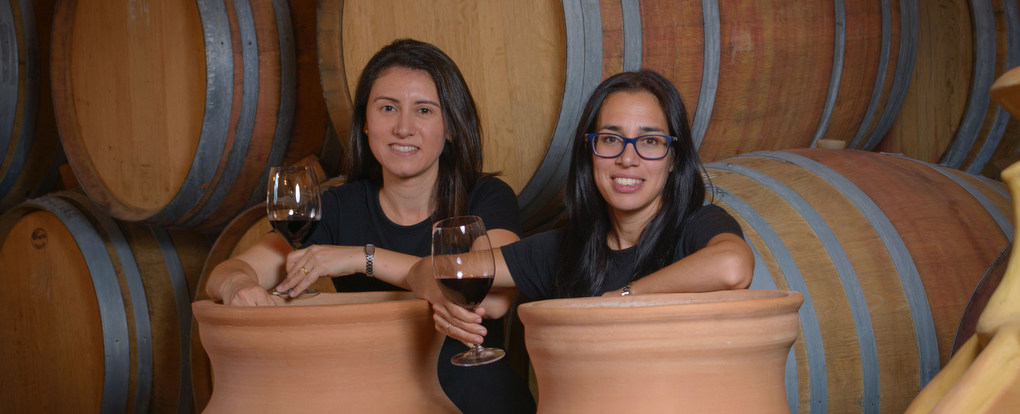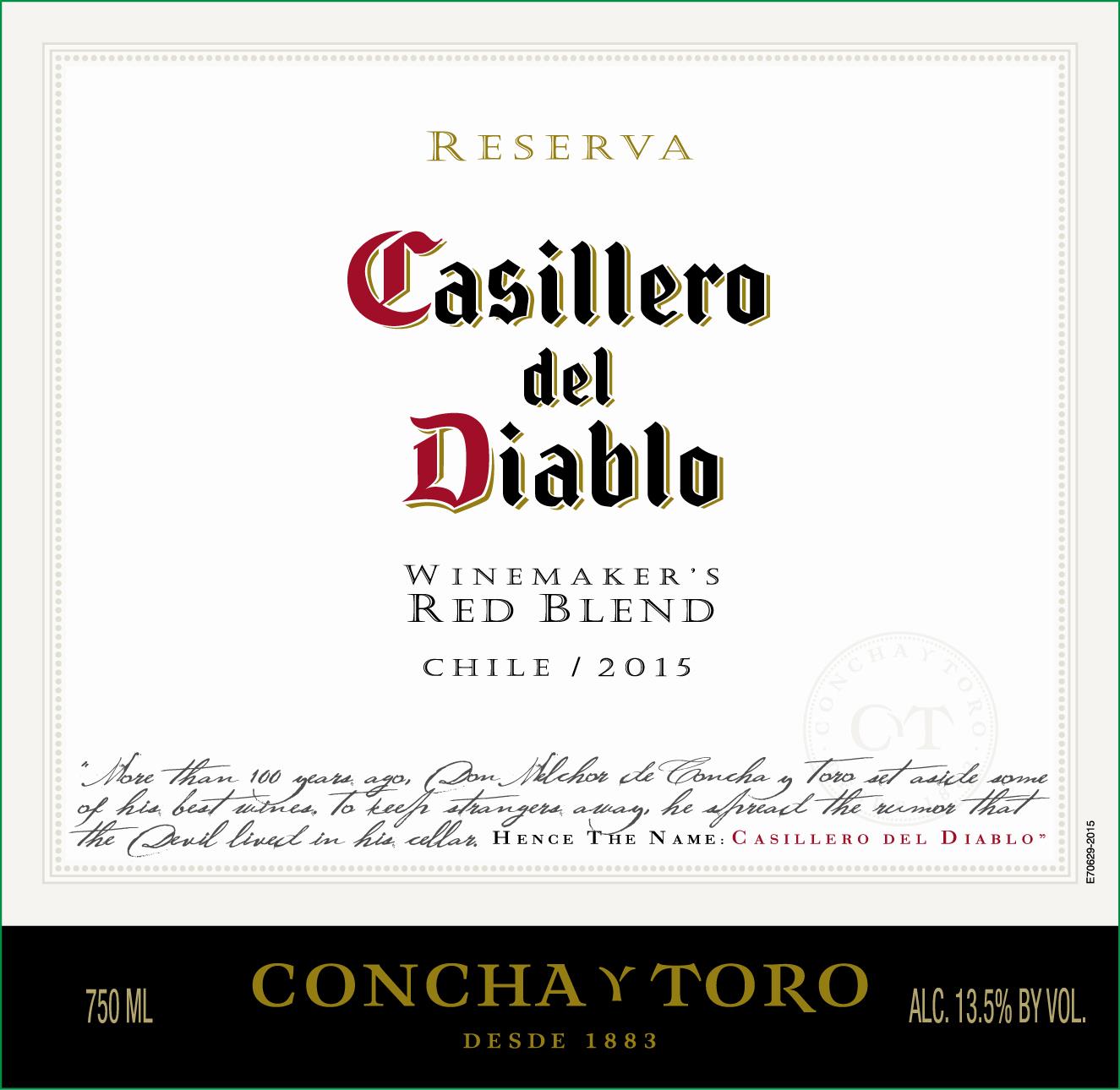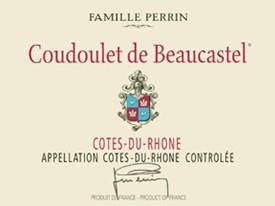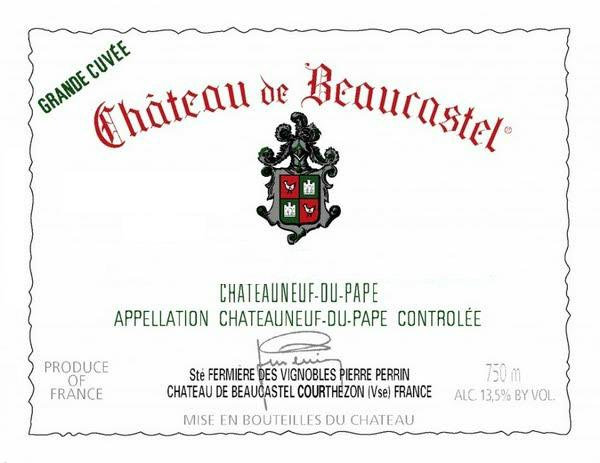Just Taste It: Parés Baltà Blanc de Pacs White Blend
“Just Taste It” is essentially the phrase that best described my food and drink upbringing. Family members would just put something in front of me and implore me to taste it until I actually did. I am now going to do the same to you by giving you a snapshot of something I tried that I think you will like if you give it an honest shot.
So what is this wine?
A white wine blend of grapes that are traditionally used in the Spanish sparkling wines known as Cava. Imported by Broadbent Selections.
Marta Casas (L) and Maria Elena Jimenez (R) of Parés Baltà
Who makes it?
Parés Baltà of Penedès, Catalonia, Spain…Maria Elena Jimenez and Marta Casas are the winemakers and grapegrowers at this small estate, producing organic and biodynamic wines. My first exposure to their product range is with their Cava Brut, but they make a dazzling array of red, white, and rosé still wines for reasonable prices.
What’s in it?
47% Parellada [pah-ray-YA-dah]: a local white grape that is valued by Cava producers for its acidity and freshness, two aspects that are essential for the lively nature of a sparkling wine.
31% Macabeu [ma-kah-BAY-oo]: also referred to as “Macabeo” in southern France or “Viura” in the Rioja region, this white grape offers body and potential alcohol to a blend while withstanding the threat of oxidation (which can lead to tired, caramelized wines). It’s fairly neutral in flavor, too, and acts as a vehicle for bubbles.
22% Xarel-lo [shuh-REL-oh]: very intense earthiness on the nose and the palate, a little of this white grape goes a long way in everyday Cava wines. The Gran Reservas and vintage Cavas might feature a higher proportion of Xarel-lo as the strength of this grape tends to stand up over time, evolving into a more mushroom-like savory flavor.
How is it made?
Each grape is fermented into its own wine separately in stainless steel tanks, then all are blended together afterwards. Cool fermentation over a long period of time (10-17 days) allows delicate flavors and aromas to be preserved. Zero oak treatment. 11.5% abv.
How does it taste?
Light-to-medium bodied, with golden pears complemented by floral notes on the nose. Soft texture and fruity on the finish. Refreshing.
How do I serve it?
Chilled, but not ice cold (take it out of the fridge for 10 minutes then pop the cork. With the season changing to spring, this is going to be one you want to have on-hand as the weather warms up. Additionally, if you are a shellfish fan, particularly sauteed shrimp, this is a wine for you. Hell, if you like to do seafood boils, pick up a bunch of bottles of the Blanc de Pacs.
How much?
About $12. This is a great change of pace from many comfort zones. Blanc de Pacs has more texture and aromatics than a Pinot Grigio from the Veneto, a different fruit flavor from New Zealand Sauvignon Blanc, and less weight and richness than Chardonnay. It all depends on what you what to get out of your wine drinking experience! For a long time here in Connecticut, we only had access to the Cavas of Parés Baltà, but these non-sparkling wines are beginning to make their way here and should be showing up in your local markets soon enough. Enjoy!


























